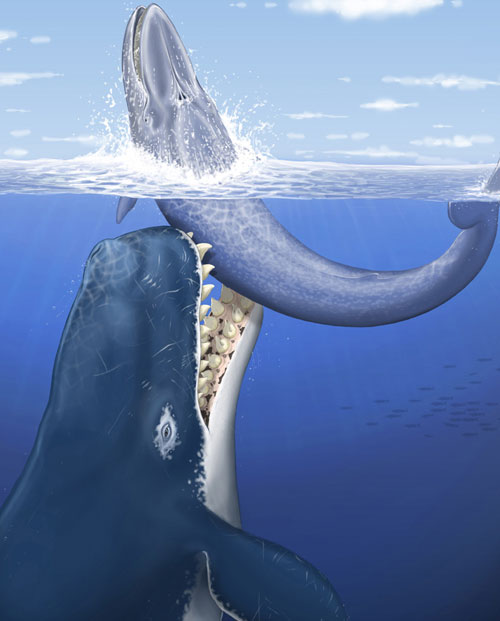July 4th, 2010 by Marc AuMarc
The northeast area of the Grand Case airport there is a fairly large marsh area that is home to quite a few birds. From the airport road, one first encounters abandoned trucks left to sink into the salt pond, and many iguanas that live there. Beyond that are open areas covered with either low grasses or some sort of succulent ground cover, with mangroves bordering the salt pond. Below are some photos taken there and while en route.
Also, I have learned that the large land snail here (seen below) is actually an African species that has colonized various islands of the Caribbean and is a serious agricultural pest. Apparently they can carry meningitis and other diseases through their mucus and sometimes contribute to an increase in rat populations by being an abundant source of food.
Posted in Les Fruits sur la Terre
Comment on this post.
July 3rd, 2010 by Marc AuMarc
I watched this film at the Centre Culturel de Saint Martin, in French, so I didn’t understand all the narration, but I don’t think it mattered much. In fact, it was probably for the best because I was able to see the longer European version of the film. The film contains astounding underwater footage from around the world, created by the men who did Winged Migration and Microcosmos.
The camera work is amazing, and I would love to know more about their techniques. It seems that natural light is used frequently, and additional lighting is subtle, often coming from above or from the side. As a result, I found the colors surprisingly subdued. Aside from shallow footage of squid and jellyfish, there are very few warm colors in the film, even in tropical scenes where they would have been present if more artificial lighting was used. Overall, though, I think the trade-off was worthwhile. The feel of the movie is distinct and enveloping.
Even if you have seen similar footage, the quality of their shots is still thrilling. The sardine run off South Africa is particularly stunning, with large bait balls of sardine being eaten by dolphins, sharks, whales and hundreds of birds descending from above. Scenes like that of a mother walrus cradling her calf are wonderfully emotional. The four years of work that went into making this movie was well spent. Even if you think you’ve seen it all before, you’ll want to see it all again.

Posted in Reviews
Comment on this post.
July 1st, 2010 by Marc AuMarc
Scientists have recently discovered the fossil remains of a prehistoric sperm whale that they believe ate other whales. To accompany their article on Leviathan melvillei, Discovery News has also published the most awesome scientific illustration of all time. While contemporary sperm whales have teeth only in their lower jaw and are specialized to eat giant squid, these prehistoric whales had giant (up to 14 inches) teeth and were apparently designed to take big bites of big prey.

Posted in Things from the Internet
Comment on this post.












